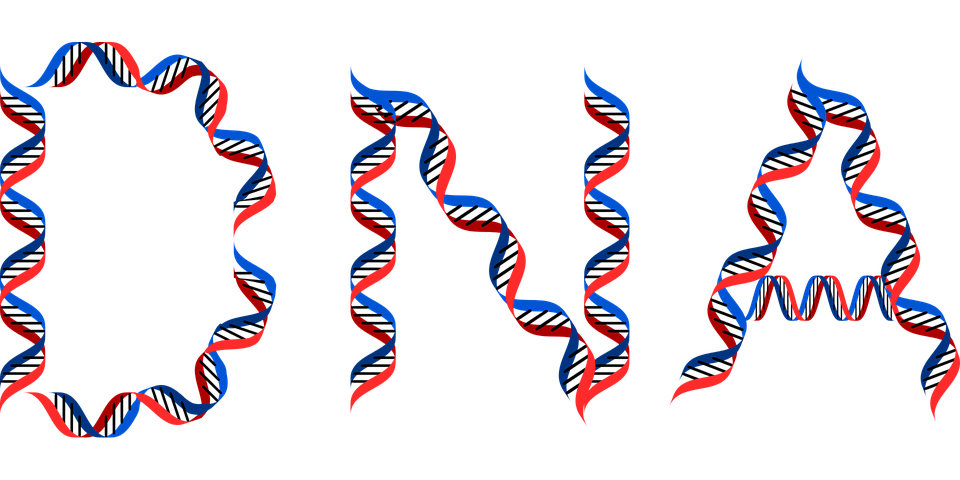
Researchers have uncovered a new genetic link to autism, offering fresh insights into why the condition is more common in males. The breakthrough, detailed in The American Journal of Human Genetics, identifies variants in the DDX53 gene, located on the X chromosome, as key contributors to autism. This finding provides a deeper understanding of the biological mechanisms behind autism and could improve diagnosis and treatment.
A Genetic Clue to Male Prevalence
Autism affects more males than females, and this new study helps explain why. Researchers at The Hospital for Sick Children (SickKids) in Canada, in collaboration with the Istituto Giannina Gaslini in Italy, analyzed families with autistic members. They discovered that specific variants in the DDX53 gene were maternally inherited in individuals with autism—most of whom were male.
“By pinpointing DDX53 as a key player, particularly in males, we can better understand the biological mechanisms at play and improve diagnostic accuracy for individuals and their families,” says Dr. Stephen Scherer, Senior Scientist at SickKids and a lead researcher in the study.
The DDX53 gene is involved in brain development and function but had not previously been linked to autism. Another gene nearby, PTCHD1-AS, also showed potential involvement. For example, one boy and his mother, both autistic with minimal support needs, had a genetic deletion that included parts of DDX53 and PTCHD1-AS.
International Collaboration Strengthens Findings
This discovery resulted from a global effort involving institutions in Canada, Italy, and the United States. Using databases like Autism Speaks’ MSSNG and the Simons Foundation Autism Research Initiative, researchers identified 26 more individuals with similar DDX53 variants, strengthening the evidence for its role in autism.
Lead author Dr. Marcello Scala, from the Istituto Giannina Gaslini, highlighted the importance of this discovery:
“This gene has long eluded us. Linking DDX53 to autism not only advances clinical genetic testing but also opens up new areas of research into the behavioural traits associated with autism.”
The Bigger Picture: The Role of the X Chromosome
In a related study published alongside this one, Scherer and his team identified 59 genetic variants on the X chromosome-linked to autism. These included DMD, HDAC8, and FGF13, among others. Importantly, some of these genes, like FGF13, show sex-specific differences, further emphasizing the role of the X chromosome in autism’s male predominance.
“These findings provide new insights into the biology of the X chromosome in autism,” says Scherer. “They suggest that certain genes, such as DDX53 and FGF13, should be explored further.”
Rethinking Autism Research
Interestingly, the study points out a challenge in current research models: DDX53 does not have an equivalent gene in commonly used lab animals like mice. This means researchers must rethink how they study autism in the lab.
“Insights from this study could significantly influence the design and interpretation of autism research, particularly in developing new models,” Scherer adds.
Hope for Families
These findings could pave the way for more precise diagnostic tools and treatments for autism, bringing hope to millions of families worldwide. Scherer emphasizes the importance of these discoveries:
“Both studies provide even more evidence that complex neurobehavioral conditions like autism can sometimes have simple biological underpinnings.”
By identifying key genetic factors like DDX53, researchers are not only unraveling the mysteries of autism but also laying the groundwork for more effective support for autistic individuals and their families.
